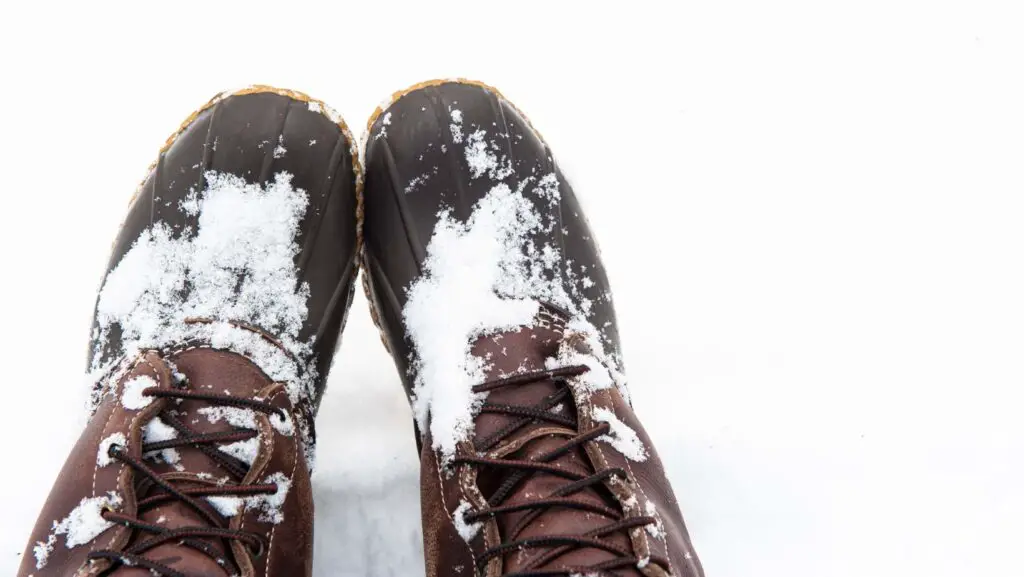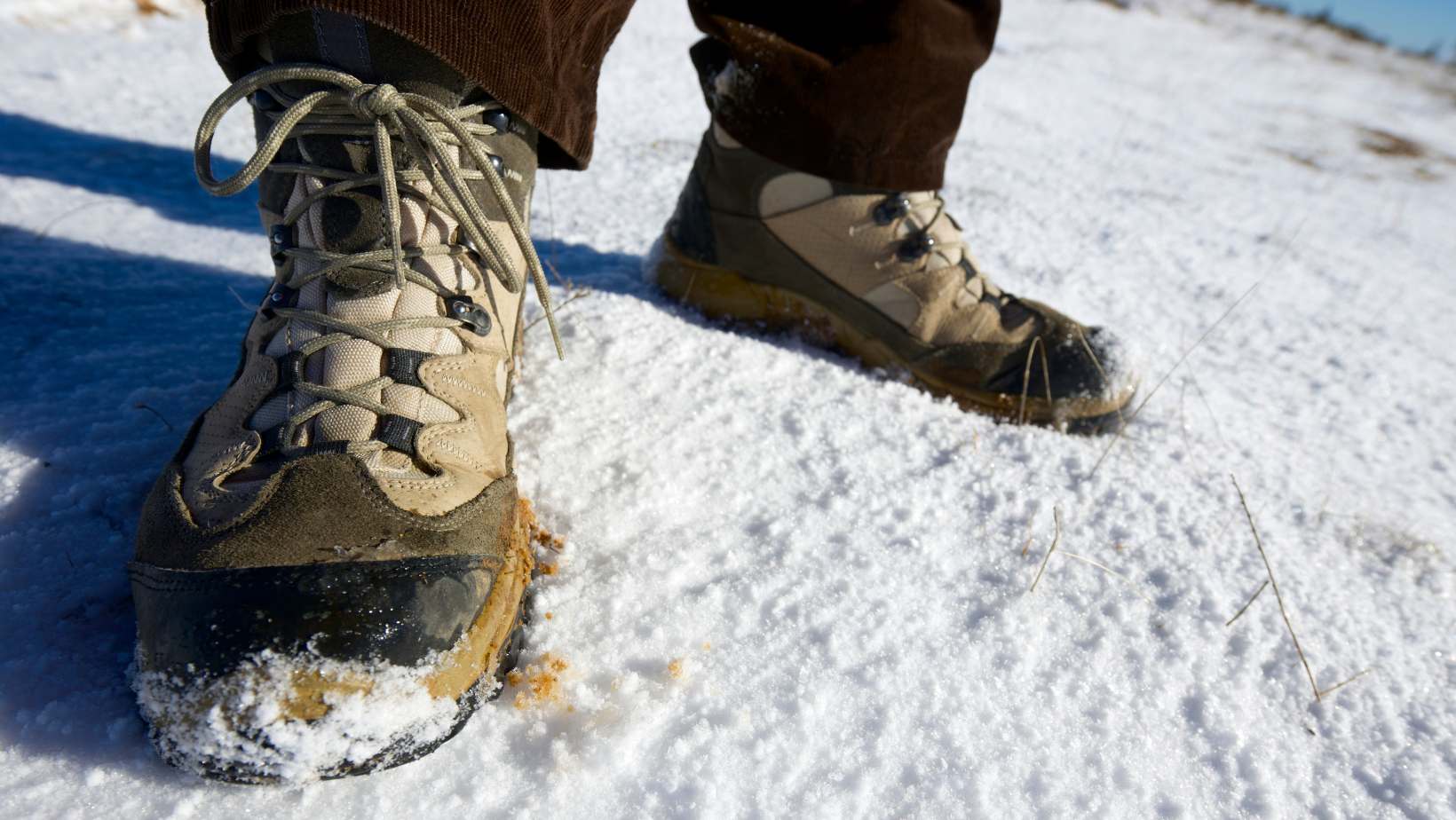Rain boots, or Wellington rubber boots, are designed to protect our feet from wet conditions and keep them dry. These boots are commonly worn during rainy seasons to prevent water from seeping into our shoes. However, when it comes to snowy weather, many people wonder if rain boots can also be suitable for this type of climate. This article will explore whether rain boots are good for snow and discuss their effectiveness in snowy conditions.
Contents
Introduction
When the winter season arrives, choosing the right footwear becomes crucial to ensure comfort and protection. Rain boots are popular due to their waterproof nature, but are they also suitable for snowy conditions? Let’s delve deeper into this topic to find out.
Understanding Rain Boots
Rain boots are typically made of rubber or other waterproof materials. They are designed to protect against rain and puddles by keeping our feet dry. These boots often feature a tall shaft to prevent water from entering from the top and have a sturdy sole for better traction on wet surfaces.
Snowy Conditions and Footwear Requirements
Snowy conditions demand footwear that offers more than just water resistance. When walking in the snow, it’s essential to consider insulation, traction, and warmth. Snow boots are designed to withstand cold temperatures, provide insulation, and offer superior grip on icy or slippery surfaces.
Can Rain Boots Be Worn in the Snow?
While rain boots can repel water effectively, they may not provide the insulation and traction required for walking in the snow. Rain boots are not designed to keep your feet warm in freezing temperatures. Additionally, their soles may not have the specialized tread patterns required for optimal grip on snowy or icy surfaces.

Pros and Cons of Wearing Rain Boots in the Snow
Pros:
- Waterproof: Rain boots keep your feet dry, preventing water from seeping in.
- Versatile: Rain boots can still be helpful during slushy or wet snow.
- Easy to Clean: Rain boots are typically easy to clean and maintain.
Cons:
- Lack of Insulation: Rain boots do not provide sufficient insulation to keep your feet warm in the snow.
- Limited Traction: The soles of rain boots may not have the necessary tread patterns for good grip on snowy or icy terrain.
- Potential Cold Feet: Wearing rain boots in freezing temperatures may lead to cold feet due to inadequate insulation.
Alternatives to Rain Boots for Snowy Weather
Investing in a pair of dedicated snow boots is recommended to tackle snowy conditions effectively. Snow boots are designed for cold weather and offer insulation, warmth, and enhanced traction. These boots are often made with specialized materials and feature thicker soles and insulated linings to keep your feet cozy and protected.
Tips for Choosing Snow Boots
When selecting snow boots, consider the following factors:
- Insulation: Look for boots with proper insulation to keep your feet warm in cold temperatures.
- Traction: Opt for boots with deep treads and a slip-resistant outsole for better traction on snow and ice.
- Waterproofing: Ensure the boots have waterproof features to keep your feet dry.
- Fit and Comfort: Choose boots that provide a comfortable fit and ample room for wearing thick socks.
- Quality and Durability: Invest in high-quality snow boots that withstand harsh weather.
F.A.Q.s
Q1: Can rain boots be used in light snowfall?
Rain boots can be used in light snowfall as they provide water resistance. However, they may not offer sufficient insulation and traction compared to snow boots.
Q2: Are rain boots suitable for extremely cold temperatures?
Rain boots are not recommended for extremely cold temperatures as they lack insulation and may lead to cold feet.
Q3: Can snow boots be worn in rainy conditions?
Snow boots can be worn in rainy conditions as they often have waterproof features, insulation, and traction.
Q4: Are snow boots heavy to wear?
Snow boots are designed to provide adequate protection and insulation, which may make them slightly heavier than regular shoes. However, advancements in material technology have resulted in lightweight options without compromising warmth and functionality.
Q5: Can I use rain boots for hiking in the snow?
It is not advisable to use rain boots for hiking in the snow. Hiking in snowy conditions requires specialized footwear with proper insulation, ankle support, and traction.
Conclusion
Although rain boots are designed to dry your feet in wet conditions, they are not ideal for snowy weather. When facing snow, it is advisable to wear boots that offer better insulation, traction, and warmth. Snow boots are specifically engineered to handle the challenges of cold temperatures and slippery surfaces. Choosing the appropriate footwear can ensure comfort, safety, and protection during snowy conditions.

I am an accomplished footwear blogger with a keen eye for style and a passion for shoes. My deep-rooted love affair with footwear began at a young age when I would spend hours perusing shoe stores, admiring the intricate designs and imagining the stories they could tell.

